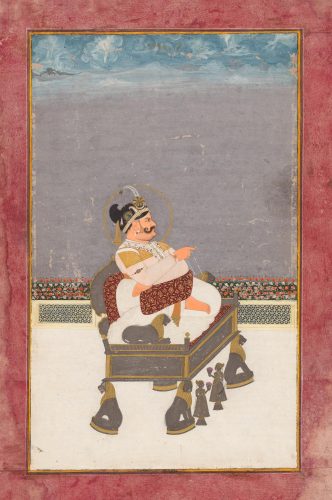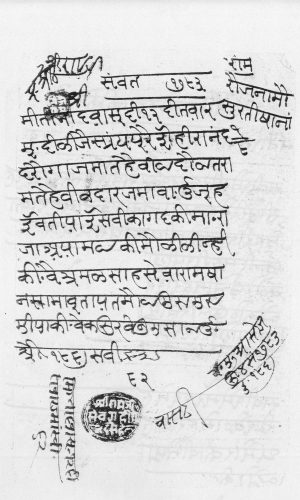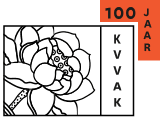
Tweede Algemene Ledenvergadering
Omdat het quorum ten behoeve van de statutenwijziging en de wijziging van het huishoudelijk reglement tijdens de Algemene Ledenvergadering van 4 juni niet behaald is, houdt de KVVAK op 9 juli een tweede Algemene Ledenvergadering. In deze tweede vergadering kan de statutenwijziging en de wijziging van het huishoudelijk reglement met twee derde meerderheid van de stemmen worden aangenomen. Met de reeds ontvangen stemformulieren is deze meerderheid al behaald.
De tweede Algemene Ledenvergadering vindt plaats op vrijdag 9 juli om 15:00 uur via Zoom.
De vergadering zal gevolgd worden door een lezing door dr. Shailka Mishra (directeur, Jagdish and Kamla Mittal Museum of Indian Art, Hyderabad) getiteld: “The Painting Workshop of Amber-Jaipur in the Eighteenth Century: Paintings and Practices”.
Om deel te nemen aan de vergadering verzoeken wij u onderstaande link te gebruiken:
https://universiteitleiden.zoom.us/j/65714596910?pwd=Ny9aN3ZXWkpXU2pIbGVvU1R6ejlqdz09
AGENDA
LEZING: The Painting Workshop of Amber-Jaipur in the Eighteenth Century: Paintings and Practices
A staggering range of historical sources – account books, inventories, daily registers, treasury records, records of court protocol – relate to the painting workshop of the Amber-Jaipur kingdom. Written in an archaic script, making cryptic shorthand notations these documents resist easy access and are seldom perused by art historians. However, a microscopic study of these documents reveals not only the vivid day-to-day functioning of the royal atelier but also divulges court practices that revolve around paintings and the arts of the book.
An eye-opening discovery has been the identification of a flourishing market for paintings with a complex network where court officials were appointed as agents to buy paintings who in turn, approached merchants who regularly dealt in paintings. Loads of paintings were added to the Amber-Jaipur collection in this manner. This adds a new dimension to our understanding of the circulation of paintings and formation of painting collections in the royal courts of India. Paintings collected at the court were organized into muraqqas or albums and scrutinized for quality. Various judgments like achhya (good) and uttam (excellent) were used to grade paintings and muraqqas. A close look at these verdicts reveals the comparative nature of connoisseurship. Paintings also emerge at diplomatic intersections as Jaipur kings used paintings to forge alliances with their nobles and other kingdoms and accrue karmic virtue.
This talk will elaborate on some of these practices of collection, valuation and aesthetic appreciation of paintings at the Jaipur court.
DR. SHAILKA MISHRA
Shailka Mishra is the Director of the Jagdish and Kamla Mittal Museum of Indian Art, Hyderabad. With a PhD from Jawaharlal Nehru University, Mishra was formerly at the Freer|Sackler Washington D.C., Museum für Asiatische Kunst Berlin, and Mehrangarh Museum Jodhpur. Currently, she is developing the permanent painting gallery for The City Palace Udaipur. Her most recent publication includes an article on artist and workshop practices of the Jodhpur atelier called “Painting at the Court of Jodhpur: Patronage and Artists” in John Seyller, ed. Dakhan 2018: Recent Studies in Indian Painting (2020: Jagdish and Kamla Mittal Museum, Hyderabad).

